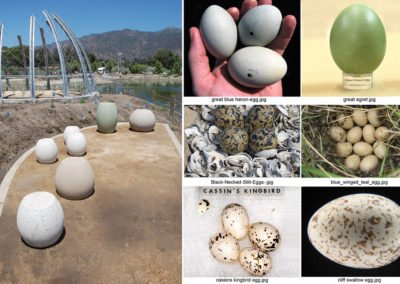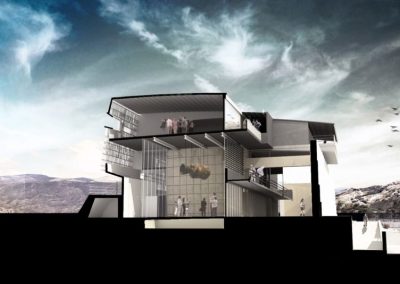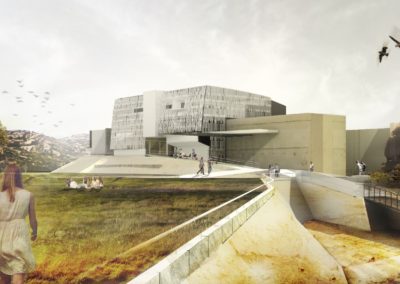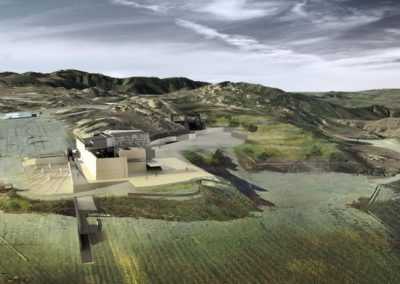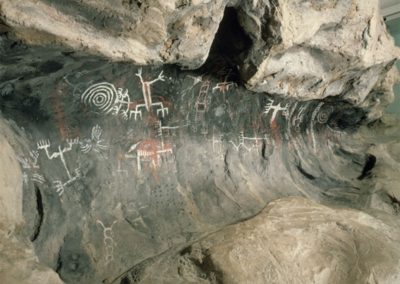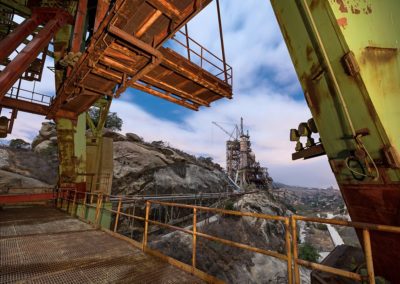Interpretive Design
The Resource Conservation District of the Santa Monica Mountains combines its unique expertise in conservation science, habitat restoration, and environmental education with its newest category of services: Interpretive Design. Executive Officer Clark Stevens is a licensed architect with over 20 years of experience in the design of “learning landscapes” in both ecologically and culturally critical places.
Malibu Lagoon Restoration Project
The RDCSMM completed the interpretive design for the restoration of Malibu Lagoon, and its staff and consultants have designed a unique outdoor interpretive center where the designed forms of the landscape and site-specific architecture interact with the tidal and seasonal changes in the lagoon to introduce visitors to this critical ecosystem.
Interpretive Center at Santa Susana Field Laboratory
Both indigenous and modern cultures have occupied the hills above šimiyi (a Chumash village from which our modern Simi Valley derives its name) to develop and practice the rituals, ceremonies and technologies that could connect humankind and the heavens.
The F-1 engine developed in this place brought the crew of Apollo 13 to the moon. The cupuled and painted rocks here at tšwaqšikitš simup, the painted cave at “Burro Flats” – framed the solstice and illuminated the Chumash astronomer’s hierophany, or – a “showing of the sacred”. This 2,800-acre plateau has recently completed its modern history as the “Santa Susana Field Lab”. The indigenous and modern cultural resources of this place- now known as Sky Valley from the Chumash ’alałpay – along with the natural resources of this important wildlife habitat linkage, are critical to preserve.
The past and present of this place provides abundant material for interpretation and the design of landscapes and structures. Recognizing this, both the Boeing Company and the Santa Ynez Band of Chumash have worked to steward these resources. The Boeing Company worked with the RCD to develop a Conservation Easement that now protects 2,400 acres in perpetuity from any future development or agricultural use. The Santa Ynez Band funded the RCD to design an interpretive landscape plan and visitor center that would give the public an opportunity to experience a part of the site and learn about its rich cultural and natural history, while preserving and protecting the sensitive resources of the site.
[excerpt from Sam Cohen’s design booklet ’alałpay]
To view the full ’alałpay design booklet click here.
Digital Illustration Credits: Michael Sotona; SW Museum Burro Flats Painted Cave Model Photo Credit: Clark Stevens; Coca Test Stand photo credit: WIRED magazine




